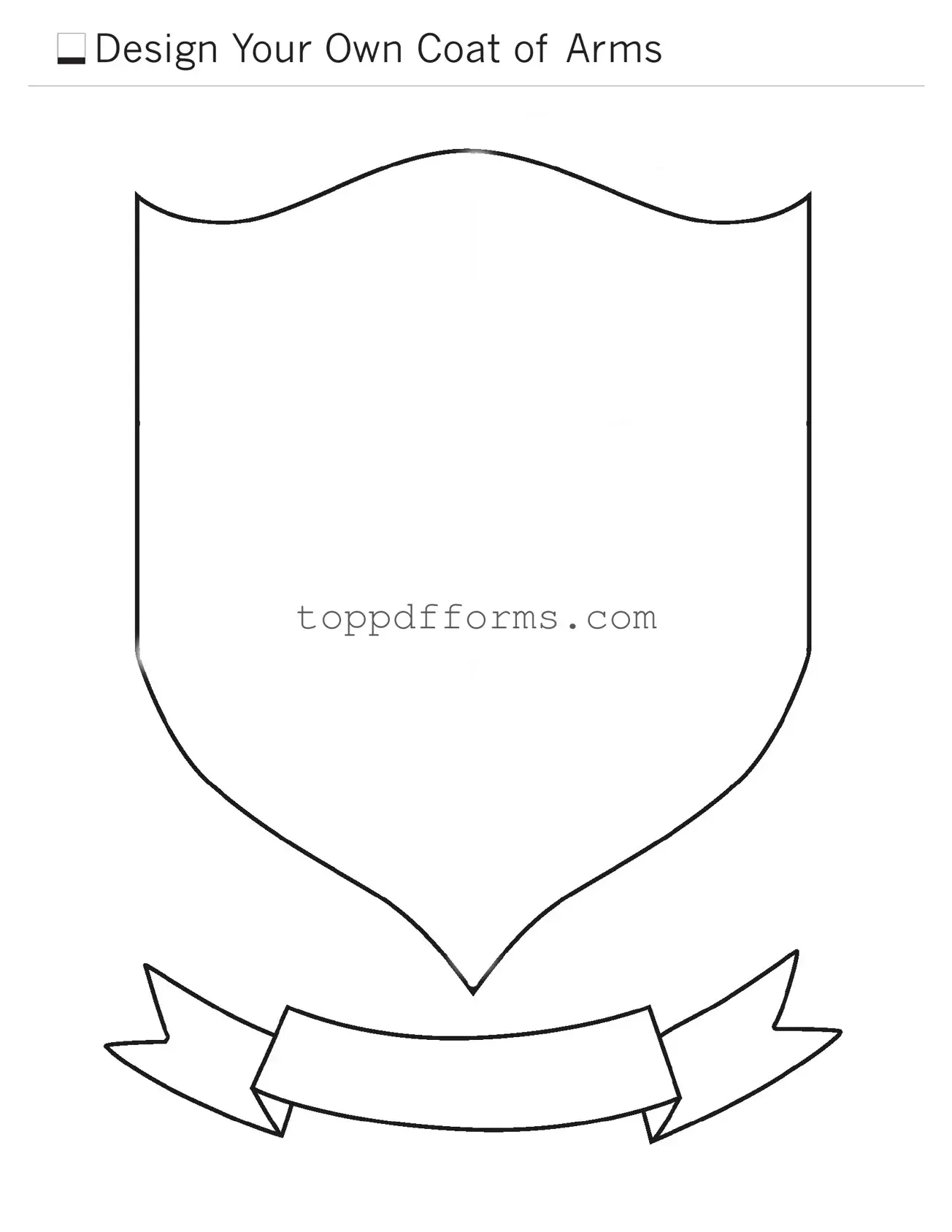What is the Coat Of Arms form?
The Coat Of Arms form is a document used to apply for the registration of a coat of arms. This form is typically required when an individual or organization seeks to establish a formal heraldic symbol that represents their identity, values, or heritage. It helps to ensure that the coat of arms is unique and not already in use by another entity.
Who can apply for a Coat Of Arms?
Individuals, families, and organizations can apply for a coat of arms. In many cases, applicants must demonstrate a legitimate claim to heraldic rights. This could include lineage, historical significance, or organizational purpose. The rules may vary depending on the governing body overseeing heraldry in your region.
What information is required to complete the form?
To complete the Coat Of Arms form, applicants typically need to provide personal details, such as name and address. Additionally, a description of the proposed coat of arms is necessary, including colors, symbols, and any associated meanings. Supporting documentation, such as proof of lineage or organizational affiliation, may also be required.
How long does the application process take?
The duration of the application process can vary widely. Generally, it can take several weeks to several months, depending on the complexity of the application and the backlog of submissions at the heraldic authority. Applicants are encouraged to check for updates and communicate with the relevant office for the most accurate timeline.
What happens if my application is denied?
If an application for a coat of arms is denied, the applicant typically receives a written explanation detailing the reasons for the denial. There may be an option to appeal the decision or to revise and resubmit the application. Understanding the specific reasons for denial can help in addressing any issues in a subsequent application.
